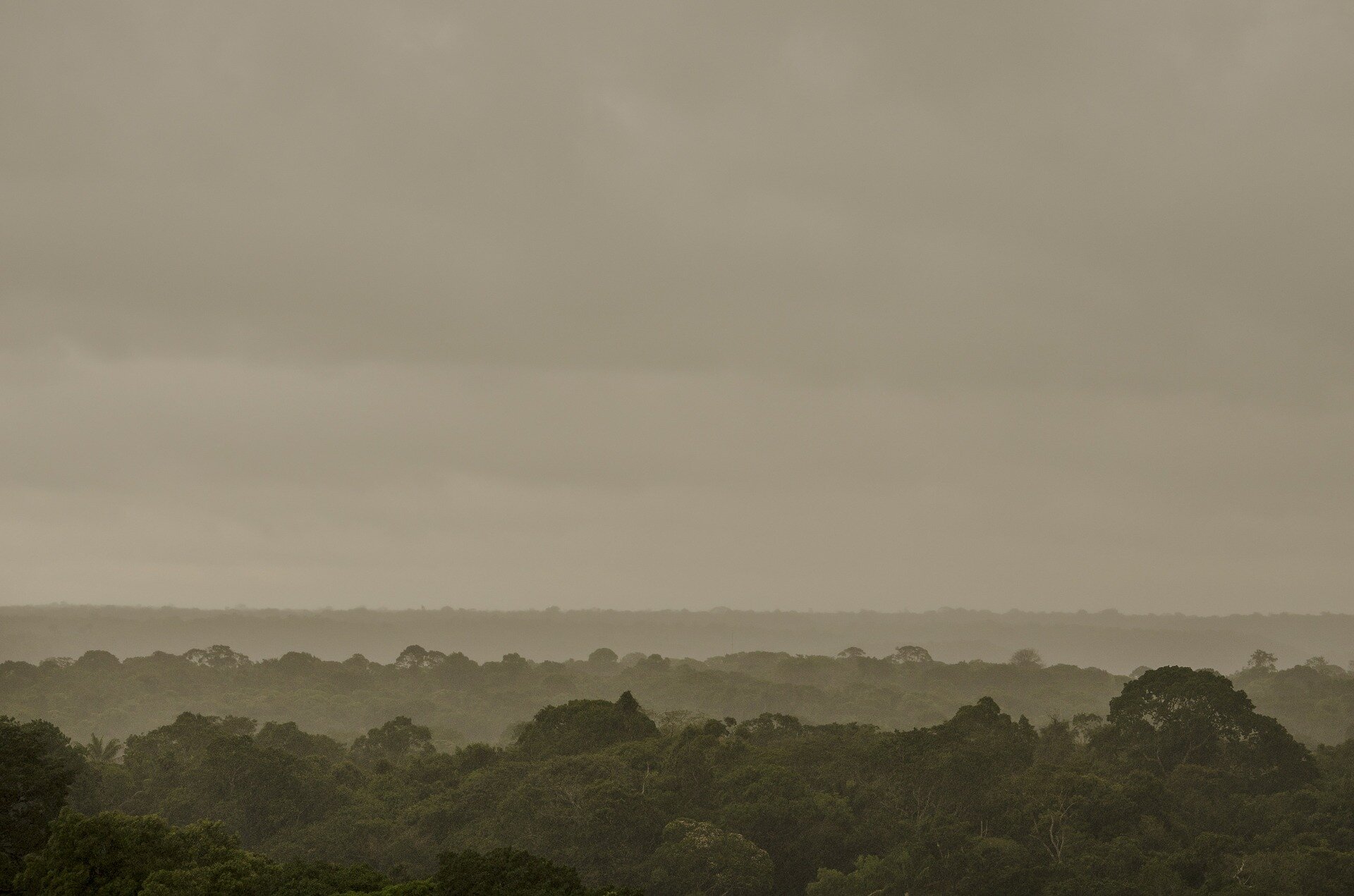
[ad_1]

Credit: Pixabay / CC0 Public Domain
The Amazon rainforest’s ability to store carbon in a changing climate will ultimately be determined by how quickly trees die and what kills them. Now, a huge new study has uncovered what factors control tree mortality rates in Amazonian forests and helps explain why tree mortality is on the rise across the Amazon basin.
This extensive analysis found that the average growth rate of tree species is the main risk factor behind Amazon tree death, with faster-growing trees dying at a young age. These findings have important consequences for our understanding of the future of these forests. Climate change tends to select fast growing species. If forests selected by climate change are more likely to die younger, they will also store less carbon.
The study, co-conducted by the Universities of Birmingham and Leeds in collaboration with over 100 scientists, is the first large-scale analysis of the causes of tree death in the Amazon and uses long-term records collected by the international RAINFOR network.
The results published in Nature Communications, show that species-level growth rates are a key risk factor for tree mortality.
“Understanding the major factors of tree death allows us to better predict and plan for future trends, but this is a huge undertaking as there are more than 15,000 different tree species in the Amazon,” said lead author Dr. Adriane Esquivel-Muelbert, of the Birmingham Institute of Forest Research.
Dr David Galbraith, of the University of Leeds added: ‘We have found a strong tendency for faster growing species to die more, which means they have a shorter lifespan. Although climate change has provided favorable conditions for these species, because they die even more quickly the carbon sequestration service provided by Amazon trees is decreasing.
Tree mortality is a rare occurrence, so huge amounts of data are required to truly understand it. The RAINFOR network has garnered more than 30 years of contributions from more than 100 scientists. It includes the records of 189 one-hectare plots, each visited and monitored on average every 3 years. At each visit, the researchers measure all trees over 10 cm in diameter and the condition of each tree.
In total, more than 124,000 living trees and 18,000 recorded and analyzed tree deaths were followed. When trees die, the researcher follows a fixed protocol to uncover the true cause of death. “This involves detailed and forensic work and equates to a massive ‘Amazon CSI’ effort by expert investigators from a dozen nations,” noted Prof. Oliver Phillips, of the University of Leeds.
Dr Beatriz Marimon, from UNEMAT, who coordinates several plots in central Brazil, added: ‘Now that we can see more clearly what is happening throughout the forest, there are clear opportunities for action. We find that the drought is also causing the death of the trees, but so far only in the southern Amazon. What is happening here should act as an early warning system as we must prevent the same fate from overtaking trees elsewhere.
Trees that live quickly die young
Esquivel-Muelbert et al (2020). “Tree of Death Modes and Mortality Risk Factors in Amazonian Forests”. Nature Communications. DOI: 10.1038 / s41467-020-18996-3
Provided by the University of Birmingham
Quote: Scientists Unveil How and Why Amazon Trees Die (2020, November 9) Retrieved November 9, 2020 from https://phys.org/news/2020-11-scientists-unravel-amazon-trees-die.html
This document is subject to copyright. Aside from any conduct that is correct for private study or research purposes, no part may be reproduced without written permission. The content is provided for informational purposes only.
[ad_2]
Source link